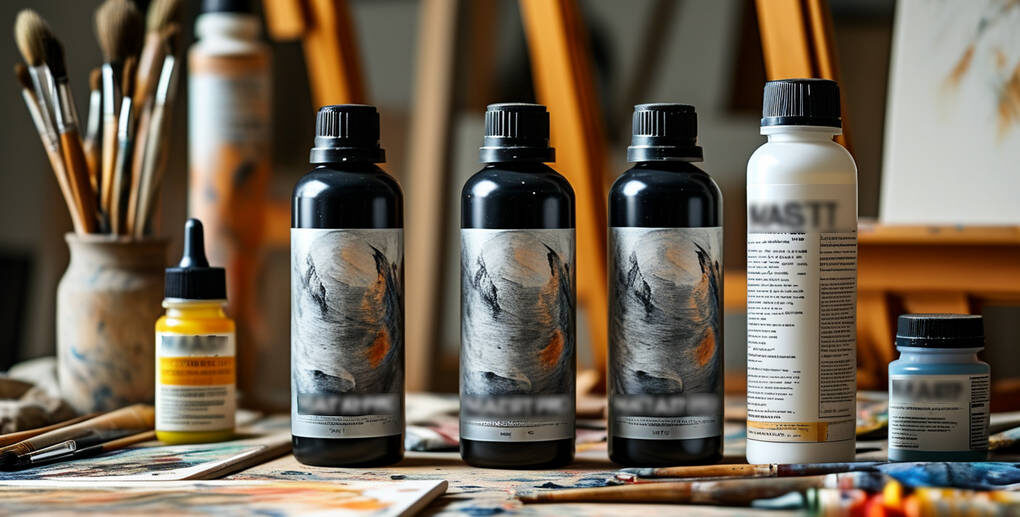Epoxy resin is a fascinating material that has captivated artists worldwide. When I started, there was hardly any information available about resin, let alone free advice. It was frustrating, and I want to ensure no one else feels the same. This blog is my way of providing clear, direct guidance to beginners and experienced artists alike.
Let’s explore everything you need to know about resin, from what it is to how to start safely and effectively creating art with it.
Why Sharing Knowledge Matters
When I began working with resin, resources were scarce. Simple questions often led to answers hidden behind expensive masterclasses. While I respect all creators and their business models, I felt disheartened. I wanted basic answers and access to information without barriers.
That’s why I’m committed to making this knowledge available for free. Everyone, whether a beginner or a seasoned artist, should have a place to find inspiration, learn, and grow.
What Is Epoxy Resin?
Epoxy resin is a liquid material that hardens when mixed with a curing agent (hardener). It’s widely used in art, crafts, construction, and even industrial fields. In art, resin lets you create stunning pieces—from jewelry to large panels—thanks to its versatility and durability.
Research First: What You Need to Know
Before you start creating with resin, invest time in research. Look up reliable resources to understand the material, its uses, and safety requirements. Avoid sensationalized articles warning that resin is deadly—it’s not, but it does require responsible handling.
You have to know what you’re working with to protect yourself. Learning the facts about resin will help you feel prepared and confident before diving in.
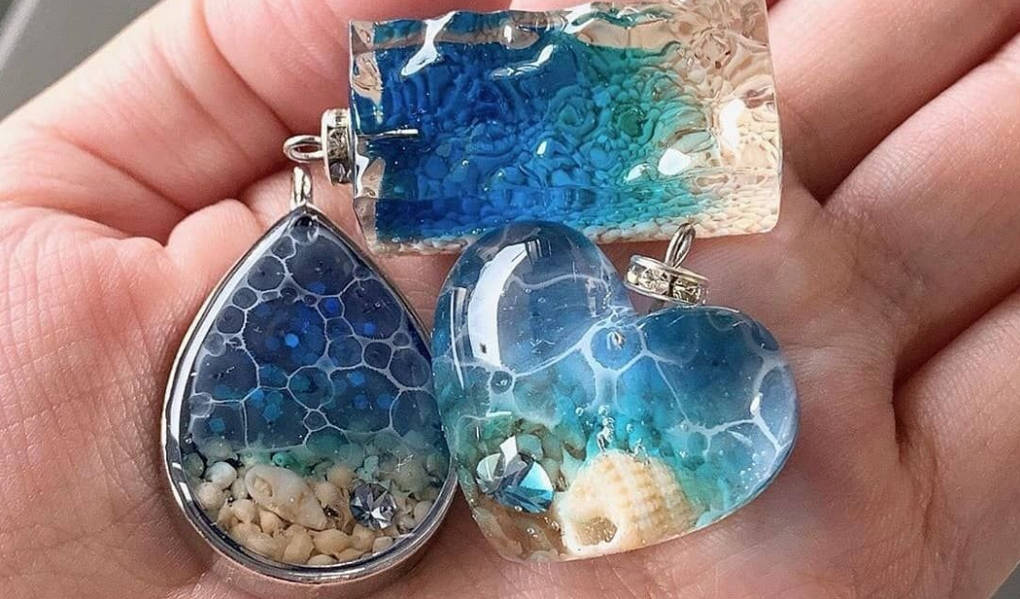
Safety First: Protect Yourself
Working with resin comes with risks, especially during the curing process when fumes are at their peak. These fumes can harm your health with prolonged exposure, so protecting yourself is non-negotiable.
Resin is like any material that releases vapors—think of spray-painting a room without ventilation. Over time, inhaling those fumes takes a toll, so safeguard yourself with the right equipment and setup.
Essential Safety Equipment
Here’s what every resin artist needs:
- Respirator mask with replaceable filters. Go for a full-face option for added protection.
- Gloves to prevent skin contact.
- Protective clothing to avoid spills on your skin.
- A well-ventilated workspace, ideally with an exhaust system or open windows.
Don’t compromise on safety. Invest in high-quality equipment—it’s worth it.
How Resin Works: Its Lifespan
Every resin has a specific “lifespan,” covering the time it remains workable. This is also called the working or curing time.
Here are some examples of resin lifespans:
- 20-40 minutes for quick projects.
- 12-48 hours for long, detailed work.
During its liquid state, resin releases fumes, so this is when you must be most cautious. Work efficiently within the resin’s lifespan and wear your protective gear at all times.
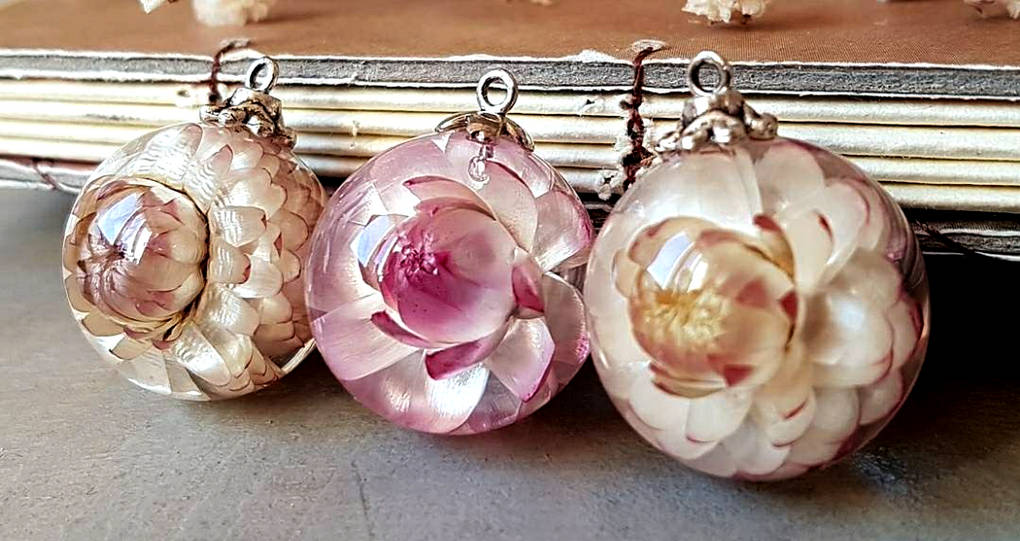
Decide Your Creative Direction
What excites you about resin art? Are you drawn to functional pieces like tables or purely decorative art like jewelry? Figuring out your direction early is important.
If you’re unsure, start small. Miniature projects, like keychains or coasters, are affordable and less intimidating. They also help you figure out if resin art fits your interests and style.
Finding Your Unique Style
Every artist has their own “handwriting”—that unique charm in their work. Stop worrying about being perfect or original because your individuality will always shine through.
Think of your style like handwriting. Even if you think it’s messy or imperfect, it’s yours, and that’s what makes it special. Your future clients will seek YOU because of your creative fingerprint.
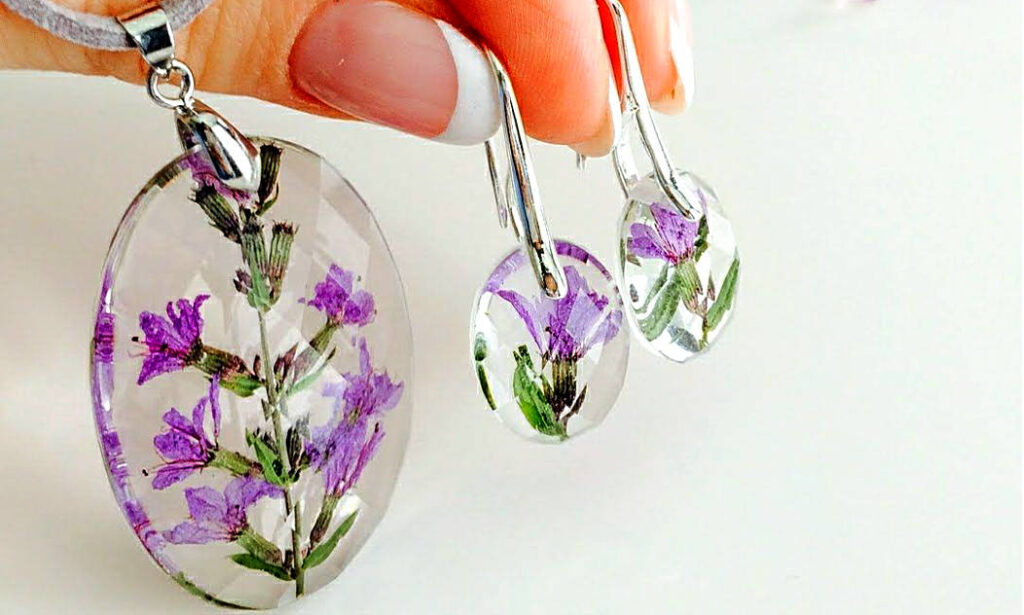
Types of Epoxy Resin
Not all resin is created equal, and understanding the types will save you time, money, and effort.
1. Technical Resin
This highly toxic resin is mainly for industrial applications, not art. It’s used in construction, automotive manufacturing, and flooring. Its strong smell, toxicity, and amber hue make it unsuitable for creative projects.
2. Construction Resin
This resin is for large-volume applications, like furniture and countertops. It’s perfect for pouring thick layers but unsuitable for detailed or artistic projects.
3. Artistic Resin
This is the type of resin artists use, and it’s divided into three categories:
- Low-viscosity resin: Ideal for jewelry and small castings due to its fluid texture.
- Medium-viscosity resin: Great for paintings, clocks, or decorative art—versatile and easy to control.
- High-viscosity resin: Ideal for textured art styles or projects requiring thicker layers.
Jewelry-Grade Resin
Jewelry-grade, or ultra-clear resin, stands out for its clarity and premium quality. It’s perfect for intricate miniatures, like floral pendants or high-precision designs. But it’s not suitable for paintings since it’s made for small-scale projects.
Choosing the Right Resin for Your Projects
To pick the best resin, consider what you’re creating.
- For jewelry or miniatures, choose low-viscosity or jewelry-grade resin.
- For functional pieces like tables or countertops, use construction resin.
- For paintings, clocks, or decorative art, choose medium-viscosity resin.
Determine how thick your layers will be, the purpose of your piece, and whether you prioritize detail or durability.
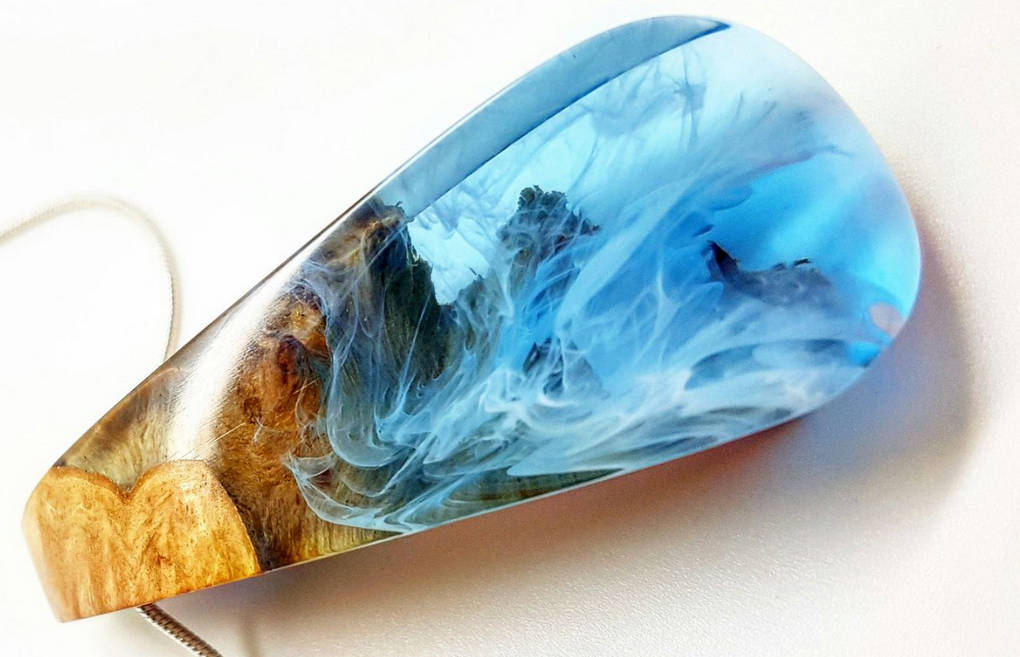
Start Small: Miniature Projects
If you’re new to resin, mini projects are the best way to learn. Keychains, pendants, coasters, and bookmarks are all manageable, beginner-friendly options.
These small projects teach essential skills, such as mixing ratios, curing times, and handling mistakes. Once you’ve mastered these basics, you can move on to larger, ambitious projects.
Think Big: Large Projects and Challenges
Large-scale projects, like wall art or tables, come with added challenges. Resin takes longer to cure in bulk, and uneven curing is a common issue.
Break larger designs into smaller sections for more control. This ensures smooth results and reduces the chances of wasted resin.
Where to Go Next
Once you’ve explored resin basics, consider advanced techniques. Experiment with adding pigments, embedding objects, or creating textured designs. Allow your creativity to thrive.
Remember, mistakes aren’t failures. Every accident is a chance to learn. Document your journey—your experiences will inspire others and help you grow.
Final Thoughts
Epoxy resin is an incredible medium, but it’s essential to approach it with knowledge and preparation. Dedicate time to research, always prioritize safety, and don’t shy away from experimenting.
Your journey as an artist is uniquely yours. Embrace each step, and most importantly, enjoy the process of bringing your ideas to life.
Keep learning, creating, and pushing your boundaries.

